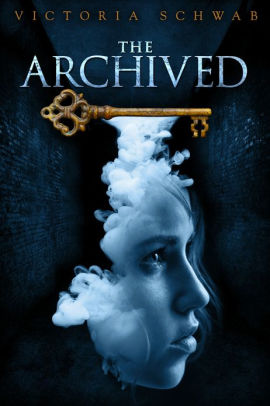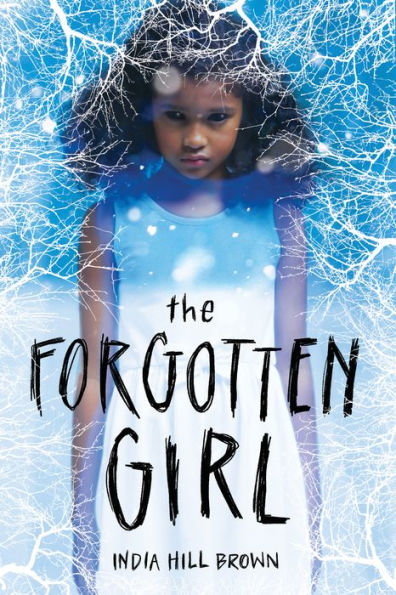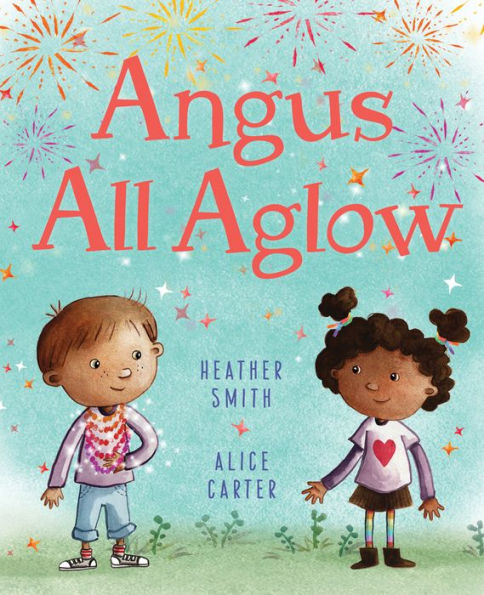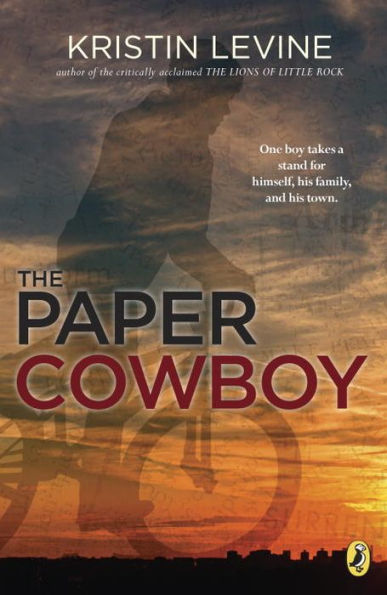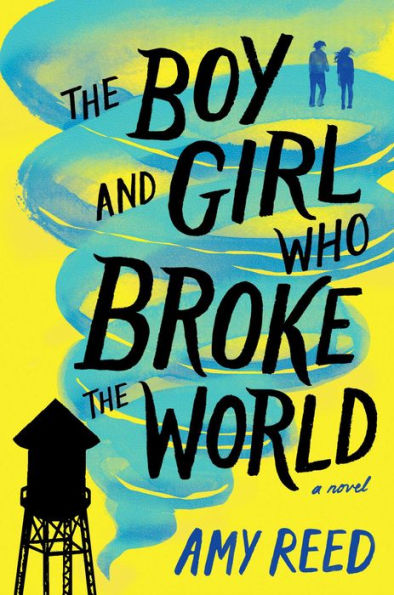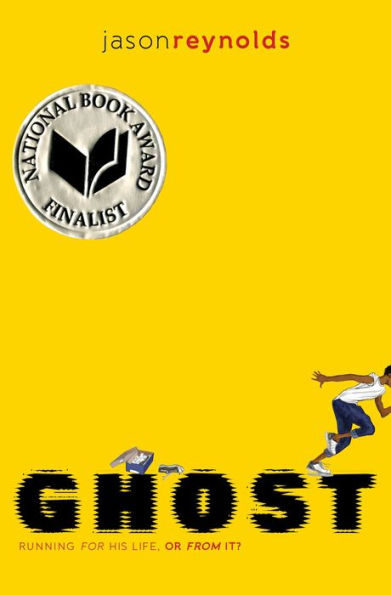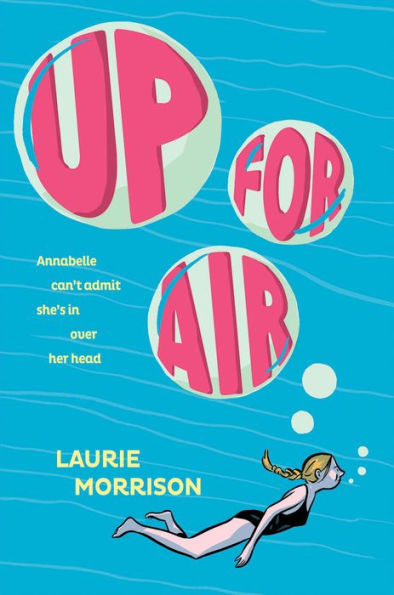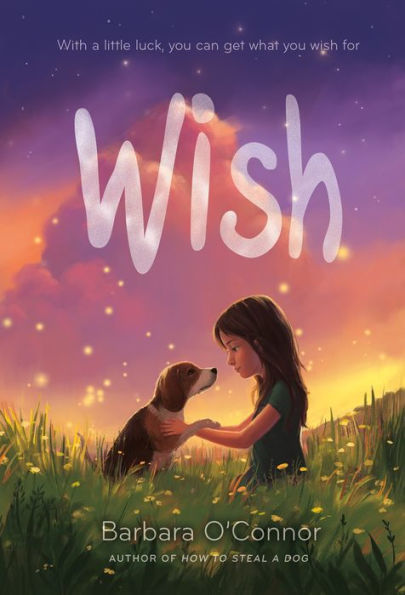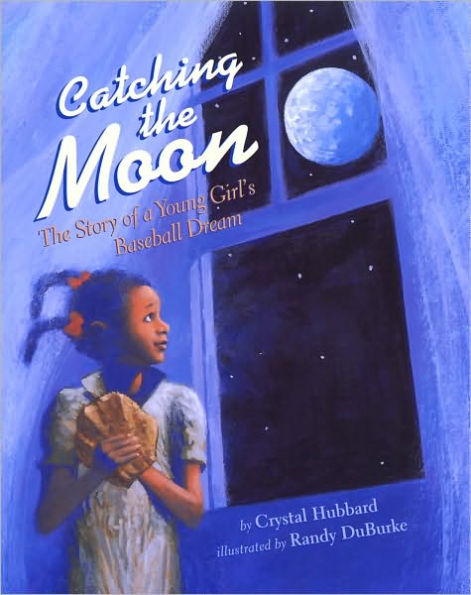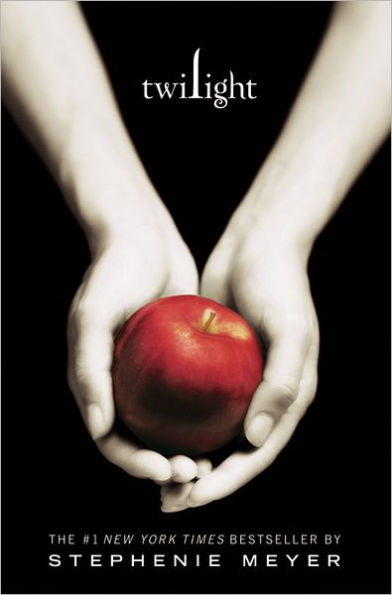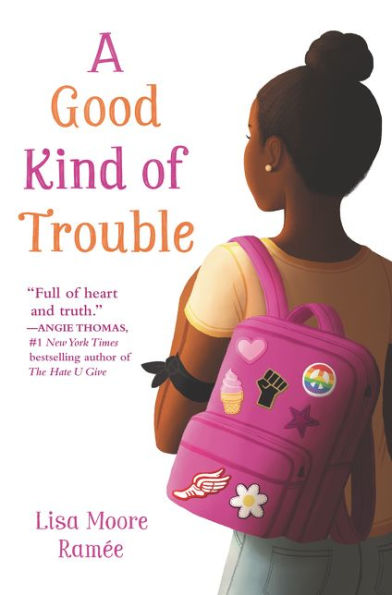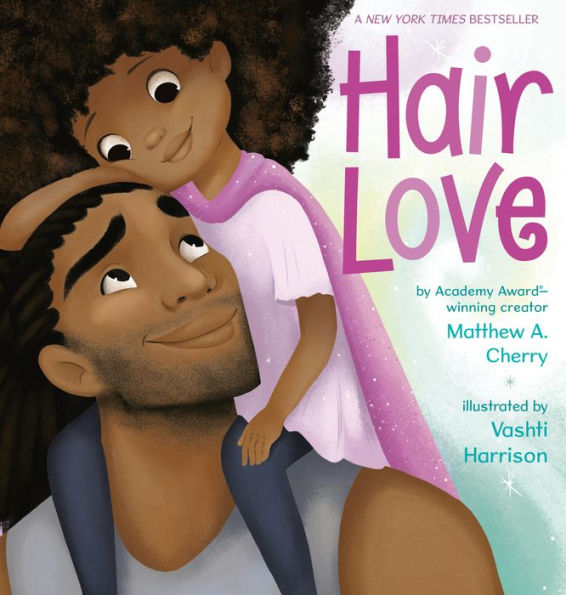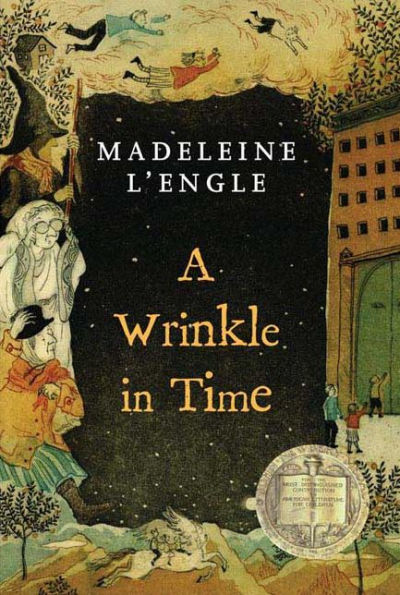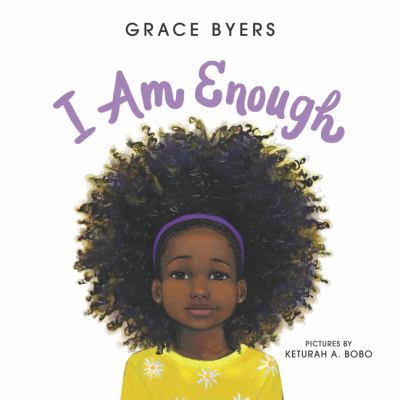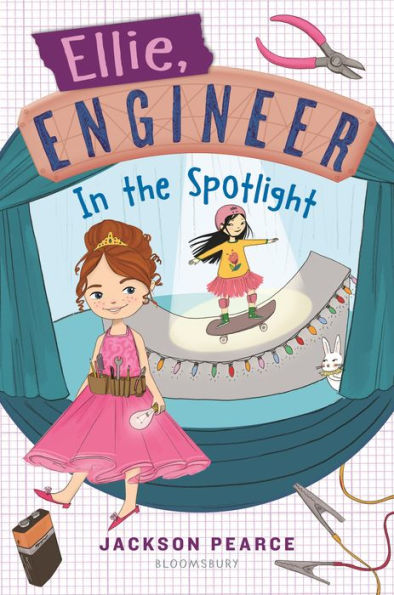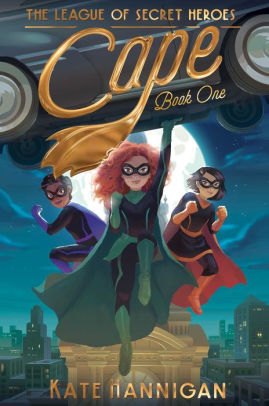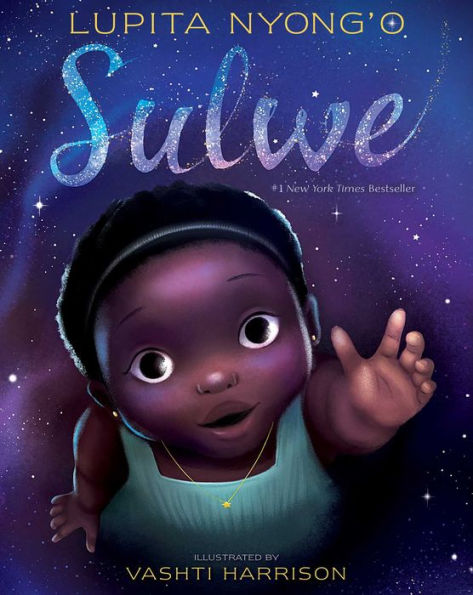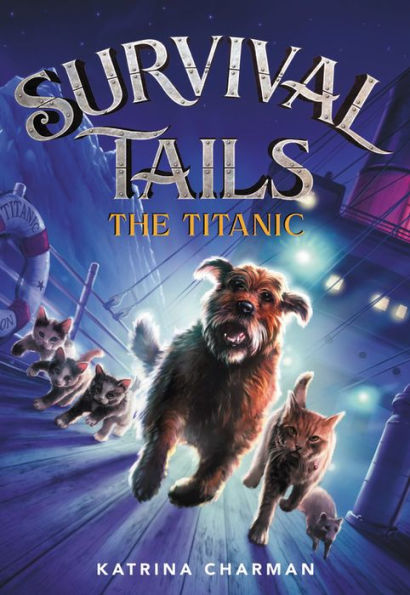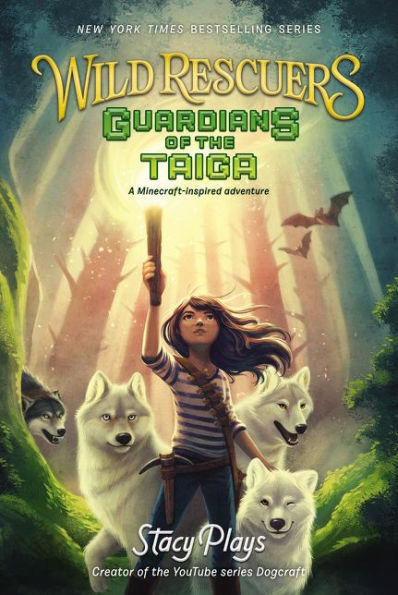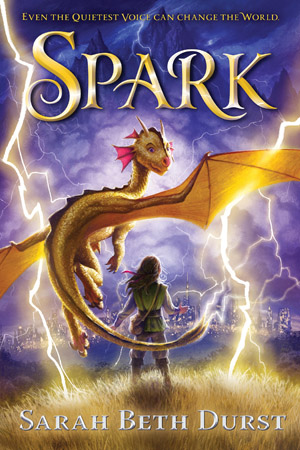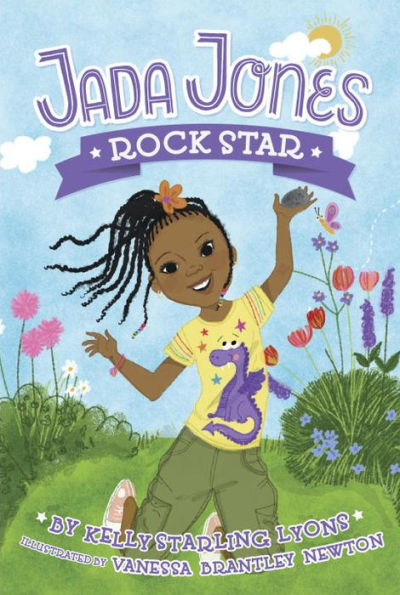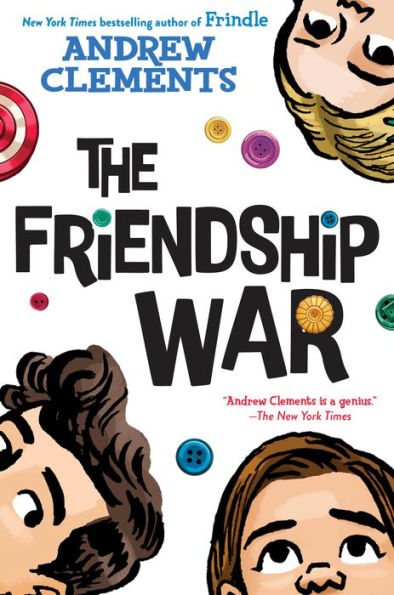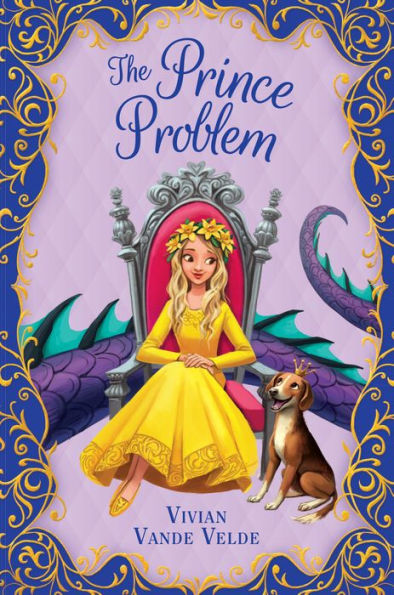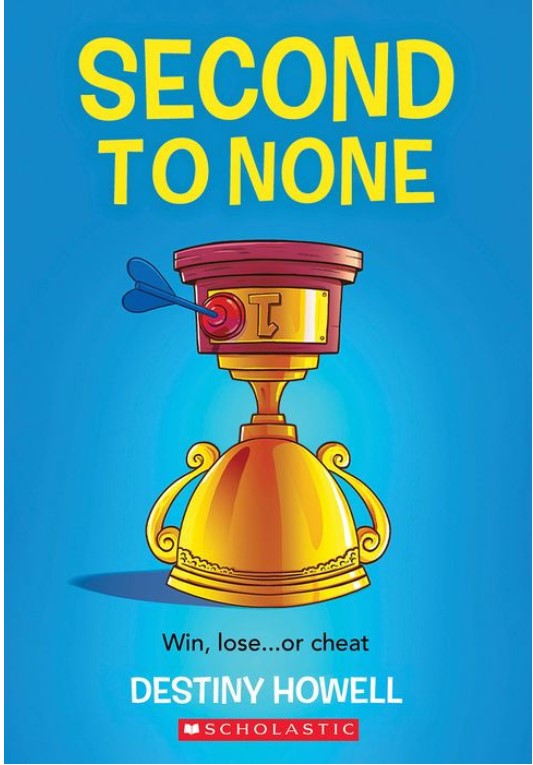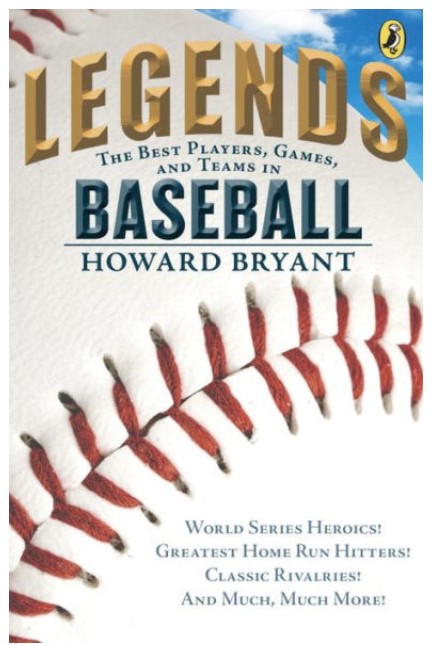Contrary to the popular adage, the dead do in fact tell tales. Many of them. The dead, or Histories, are kept in a place hidden from the living world called the Archive, where only the Librarians can access them. But sometimes they wake, and they make it into the Narrows (the world between) and some are willing to kill to get back to the living world. Keepers are tasked with returning the lost Histories back to the Archive, and sometimes things get . . . messy.
When Da brought his twelve-year-old granddaughter, Mackenzie Bishop, into the Archive to have her take his place as Keeper, she quickly became a young, ruthless prodigy. After a tragedy, Mackenzie starts to see her brother in the eyes of the Histories that she has to return to the Archive. Mackenzie must confront the lines that separate the living and the dead. With the increases in disturbances in the Archive and someone erasing Histories, Mackenzie uncovers the secrets that keep the Archive in one piece.
Mackenzie and the other characters are extremely realistic, despite their fantastical stories. Headstrong and fiercely independent, Mackenzie struggles with grief over her brother’s death and the secrets about the Archive that she must keep from her family. She shows strength in her ability to own up to and correct her mistakes. Mackenzie’s struggles are wide-reaching and she is a sympathetic character. Her relationships with other characters, including the Librarian Roland and fellow Keeper Wes, help her improve as a person and bring some light to an otherwise somber story.
Despite the gothic nature of the titular place, the Archive itself is beautiful. Housing and tracking the Histories of the dead is a macabre business, and as one of the main locations in the novel, the Archive ironically has a life of its own. With a curious cast of Librarians and other personnel working within the structure, at times the Archive seems more alive than the outside world.
The Archived presents strong themes about grief, memories, and the line that separates life and death. Mackenzie, being only a teenager, tackles these topics that haunt all the characters—young, old, dead, and alive. The various ways her parents deal with death versus the ever-secretive Librarians’ ways of dealing with the dead serves to enhance the discussion about death and memories in particular. All the characters have regrets and push the line between the world of the living and the Archive, and their stories are ultimately determined by their abilities to deal with grief and the past.
Victoria Schwab paints an atmosphere that is equal parts magical and spooky in The Archived. Readers who want a darker book will be delighted by Schwab’s prose and wildly inventive world. The Archived sets up an interesting series with much to discover. In the sequel, The Unbound, more secrets are revealed through Mackenzie’s next adventures. The Archived shows that the dead never really leave us, as long as their memories live on in those that they loved.
Sexual Content
- Mackenzie dreams of being normal, and in her dreams, she “kisses a boy.”
- Mackenzie’s very elderly neighbor confuses Mackenzie for a kiss-a-gram. Mackenzie eventually tells him, “Sir, I’m not here to kiss you.”
- One of the escaped Histories kisses Mackenzie. She says, “as his lips press against my skin, the silence flares in my head, blotting something out. Heat ripples through my body, pricking my senses as the quiet deadens my thoughts. He kisses my throat, my jaw. Each time his lips brush my skin, the heat and silence blossom side by side and spread, drowning a little bit of pain and anger and guilt, leaving only warmth and want and quiet in their place.” The description continues for a couple of pages, and this situation happens a couple of times.
- Fellow Keeper Wes kisses Mackenzie. Mackenzie describes, “I’m about to speak, about to tell him that, tell him everything, when he brings his hand to the back of my neck, pulls me forward, and kisses me . . . all I can think is that he tastes like summer rain. His lips linger on mine, urgent and warm. Lasting.”
Violence
- Mackenzie’s little brother Ben was killed in a hit-and-run accident. Mackenzie describes the accident. “It was a normal day, right up until the point a car ran a red light two blocks from Ben’s school just as he was stepping from the curb. And then drove away.” Later, she recalls a memory. “The cops are talking to Dad and the doctor is telling Mom that Ben died on impact, and that word—impact—makes me turn and retch into one of the hospital’s gray bins.”
- Some Histories, or ghosts from the Archive, are called “Keeper-Killers, the Histories who manage to get out through the Narrows and into the real world.” As the name suggests, these Histories kill Keepers to escape.
- Mackenzie had to face trials to become a Keeper. In a memory, Mackenzie narrates, “Da told me to be ready for anything, and it’s a good thing he did, because between one moment and the next, [the examiner’s] posture shifts . . . I dodge the first punch, but he’s fast, faster even than Da, and before I can strike back, a red Chuck connects with my chest.” This sequence continues for a couple of pages.
- One of the Histories has a knife and attacks Mackenzie. She saw metal, “and jump[ed] back just in time, the knife in his hand arcing through the air, fast.” Other Histories escape and attack Mackenzie as well.
- Da taught Mackenzie how to fight. In her memory, she recalls, “You take me out into the summer sun to show me how to fight. Your limbs are weapons, brutally fast. I spend hours figuring out how to avoid them, how to dodge, roll, anticipate, react. It’s get out of the way or get hit.”
- With her Archive-granted ability to see into the past, Mackenzie sees the memory of a guy murdering a girl in a hotel. The guy swipes “a large shard of glass from the floor . . . He’s on top of her, and they are a tangle of glass and blood and fighting limbs, her slender bare feet kicking under him as he pins her down. And then the struggle slows. And stops . . . I can see her, the lines carved across her arms, the far deeper cut across her throat.”
- A series of deaths occurred within months of each other, some look like suicides and some look like accidents. Mackenzie learns that the circumstances for each death are fuzzy at best. She wonders, “Did he jump or was he pushed? Did Marcus hang himself? Did Eileen trip?”
- A History stabs Wes. Mackenzie watches as “Wes throws another fist, and Owen catches his hand, pulls him forward, and plunges the knife into his stomach.” Wes is severely injured but survives.
Drugs and Alcohol
- Da smokes “a cigarette.” He is a lifelong smoker.
- Mackenzie can “read” objects by touching them. When she’s reading a bloodstained floor in the hotel, she sees a boy who “judging by his feverish face and the way he sways, he’s been drinking.”
- Mackenzie’s very elderly neighbor shows up and “a thin stream of smoke drifts up from his mouth, where a narrow cigarette hangs.”
Language
- Profanity is occasionally used. Profanity includes damn, ass, bastard, and hell.
Supernatural
- Mackenzie is a Keeper who returns wandering Histories, or ghosts, back to the Archive, which is “a library of the dead, vast and warm, wood and stone and colored glass, and all throughout, a sense of peace.” Mackenzie travels between worlds and encounters quite a few dead people.
Spiritual Content
- Da shows that he’s somewhat superstitious/spiritual, and Mackenzie has the same superstitions. Before entering the Narrows, Mackenzie says, “I pull Da’s key from around my neck, running a thumb over the teeth the way he used to. For luck, Da used to rub the key, cross himself, kiss his fingers and touch them to the wall—any number of things. He used to say he could use a little more luck.”
- Wes refers to his dad’s new fiancée as “Satan in a skirt.”
- Wes reads part of Dante’s Inferno. He says, “When you think about it, the Archive is kind of like a Hell.”
by Alli Kestler
